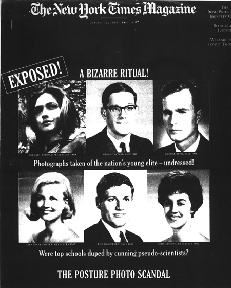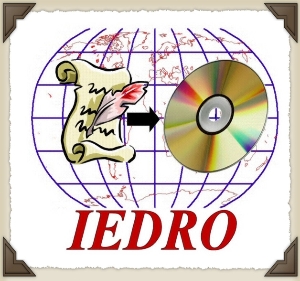What does an archivist ponder after she turns off the Olympics? What happens to all the records of the Olympics after the closing ceremonies? Who decides what to keep? Not knowing any Olympic Archivists personally, I took to the web to see what I could find.
Olympics.org uses the tag line “Official Website of the Olympic Movement” and include information about The International Olympic Committee’s Historical Archives. The even have an Olympic Medals Database with all the results from all the games.
The most detailed list of Olympics archives that I could find is the Olympic Studies International Directory listing of Archives & Olympic Heritage sites. It is from this page that I found my way to records from the Sydney Olympic Park Authority.
The Olympic Television Archive Bureau (OTAB) website explains that this UK based company “has over 30,000 hours of the most sensational sports footage ever seen, uniquely available in one library” and aims to provide “prompt fulfilment of your Olympic footage requirements”.
Then I thought to dig into the Internet Archive. What a great treasure trove for all sorts of interesting Olympic bits!
First I found a Universal Newsreel from the 1964 Olympics in Tokyo (embedded below).
I also found a 2002 Computer Chronicles episode Computer Technology and the Olympics which explores the “high-tech innovations that ran the 2002 Winter Olympic Games” (embedded below).
Other fun finds included a digitized copy of a book titled The Olympic games, Stockholm, 1912 and the oldest snapshot of the Beijing 2008 website (from December of 2006). Seeing the 2008 Summer Games pages in the archive made me curious. I found the old site of the official Athens summer games from 2004 which kindly states: “The site is no longer available, please visit http://www.olympic.org or http://en.beijing2008.com/”. The Internet Archive has a bit more than that on the athens2004.com archive page – though some clicking through definitely made it clear that not all of the site was crawled. Lucky for us we can still see the Athens 2004 Olympics E-Cards you could send!
Then I turned to explore NARA‘s assorted web resources. I found a few photos on the Digital Vaults website (search on the keyword Olympics). A search in the Archival Research Catalog (ARC) generates a long list – including footage of the US National Rifle Team in the 1960 Olympics in Italy.
My favorite items from NARA’s collections are in the Access to Archival Databases (AAD). First I found this telegram from the American Embassy in Ottawa to the Secretary of State in Washington DC (Document ID # 1975OTTAWA02204) sent in June 1975:
1. EMBASSY APPRECIATES DEPARTMENT’S EFFORTS TO ASSIST CONGEN IN CARING FOR VIPS WHO CERTAINLY WILL ARRIVE FOR 1976 OLYMPIC GAMES WITHOUT TICKETS OR LODGING. HAS DEPARTMENT EXPLORED POSSIBILITY OF OBTAINING 4,000 TICKETS ON CONSIGNMENT BASIS FROM MONTGOMERY WARD, WITH UNDERSTANDING THAT, AS TICKETS ARE SOLD, PROCEEDS WILL BE REMITTED? PERHAPS SUCH AN ARRANGEMENT COULD BE WORKED OUT WITH FURTHER UNDERSTANDING THAT UNSOLD TICKETS BE RETURNED TO MONTGOMERY WARD AT SOME SPECIFIED DATE PRIOR TO BEGINNING OF EVENTS.
2. EMBASSY WILL FURNISH AMOUNT REQUIRED TO RESERVE SIX DOUBLE ROOMS FOR PERIOD OF GAMES. AT PRESENT HOTEL OWNERS AND OLYMPIC OFFICIALS ARE IN DISAGREEMENT AS TO AMOUNTS THAT MAY BE CHARGED FOR ROOMS DURING OLYMPIC PERIOD. NEGOTIATIONS ARE CURRENTLY BEING CARRIED OUT AND AS SOON AS ROOM RATES HAVE BEEN ESTABLISHED, QUEEN ELIZABETH HOTEL MANAGER WILL ADVISE US OF THEIR REQUIREMENTS TO RESERVE THE SIX DOUBLE ROOMS.
Immediately beneath that one, I found this telegram from October 1975 (Document Number 1975STATE258427):
SUBJECT:INVITATION TO PRESIDENT FORD AND SECRETARY
KISSINGER TO ATTEND OLYMPIC GAMES IN AUSTRIA,
FEBRUARY 4-15, 1976THE EMBASSY IS REQUESTED TO INFORM THE GOA THAT MUCH TO THE PRESIDENT’S AND THE SECRETARY’S REGRET, THE DEMANDS ON THEIR SCHEDULES DURING THAT PERIOD WILL NOT MAKE IT POSSIBLE FOR THEM TO ATTEND THE WINTER GAMES. KISSINGER
There are definitely a lot of moving parts to Olympic Archival Records. So many nations participate. New host countries with the option to handle records however they see fit. I explored this whole question two years ago and came up against the fact that control over the archival records produced by each Olympics was really in the hands of the hosting committee and their country. A quick glance down the list of Archives & Olympic Heritage sites I mentioned above gives you an idea of all the different corners of the world in which one can find Olympic Archival Records in both government and independent repositories. Given that clearly not all Olympic Games are represented in that list, it makes me wonder what we will see on this front from China now that the closing ceremony is complete.
I also suspect that with each Olympic Games we increase the complexity of the electronic records being generated. Would it be worthwhile to create an online collection for each games – as has been done for the Hurricane Digital Memory Bank or The September 11 Digital Archive, but extend it to include access to Olympic electronic records data sets? The shear quantity of information is likely overwhelming – but I suspect there is a lot of interesting information that people would love to examine.
Update: For those of you (like me) who wondered what Montgomery Ward had to do with Olympic Tickets – take a look at Tickets For The ’76 Olympics Go On Sale Shortly At Montgomery Ward over in the Sports Illustrated online SI Vault. Sports Illustrated’s Vault is definitely another interesting source of information about the Olympic Games. If my post above has made you nostalgic for Olympics gone by – definitely take a look at the current Summer Games feature on their front page. I couldn’t figure out a permanent link to this feature, but if I ever do I will update this post later.
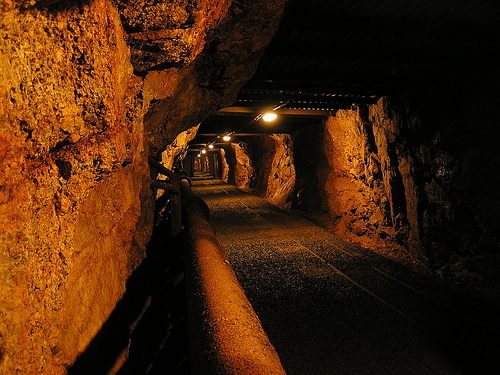
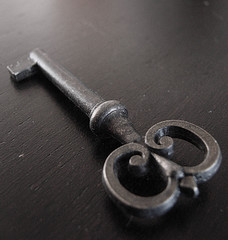
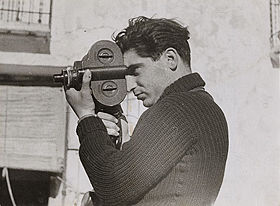
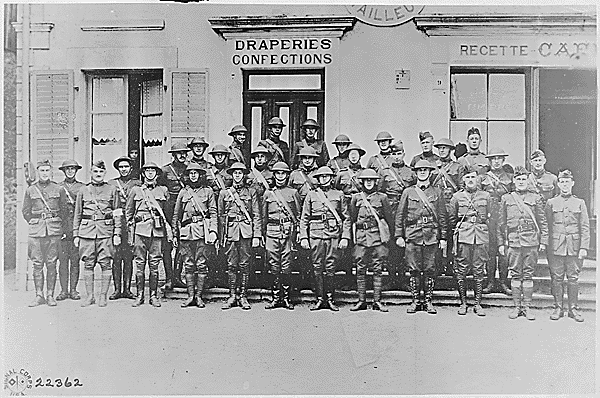
 Diane Kaplan, of
Diane Kaplan, of 